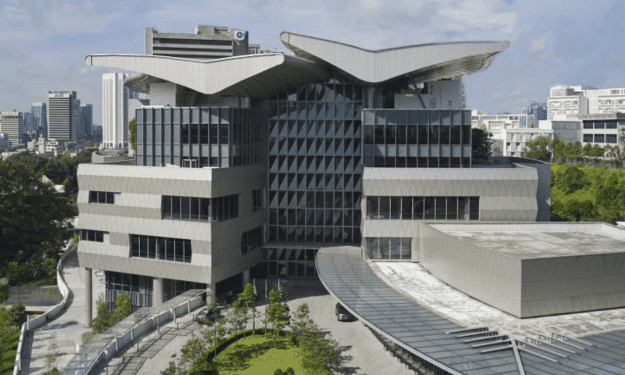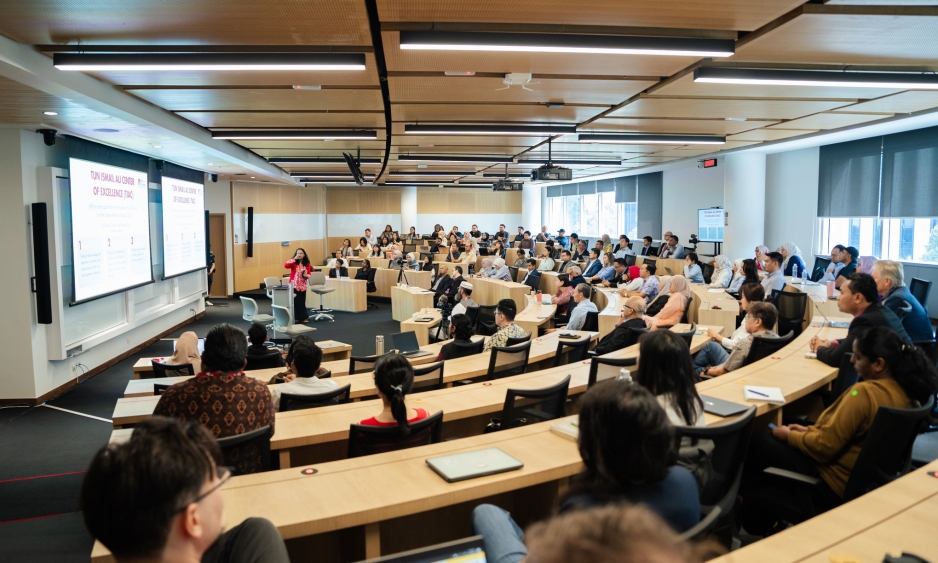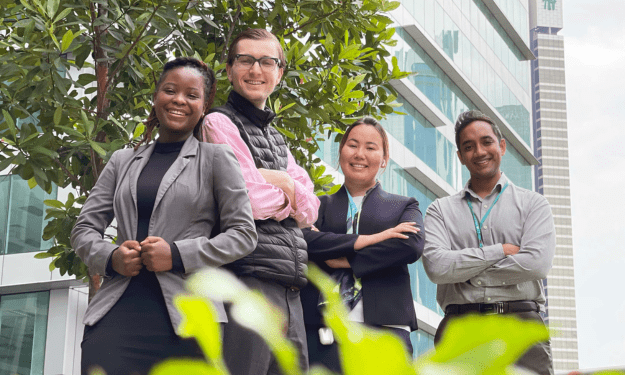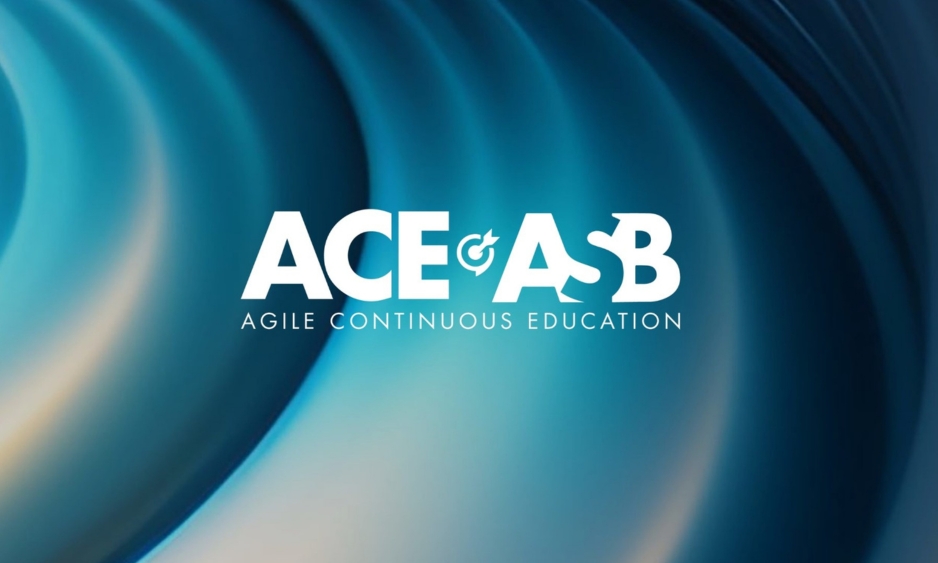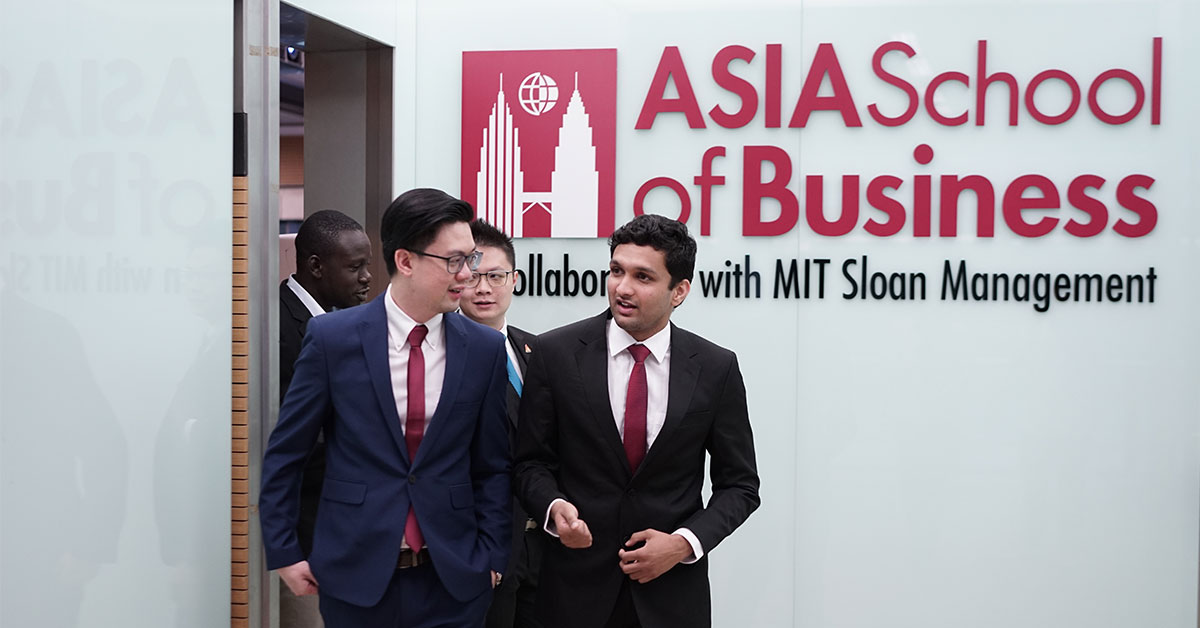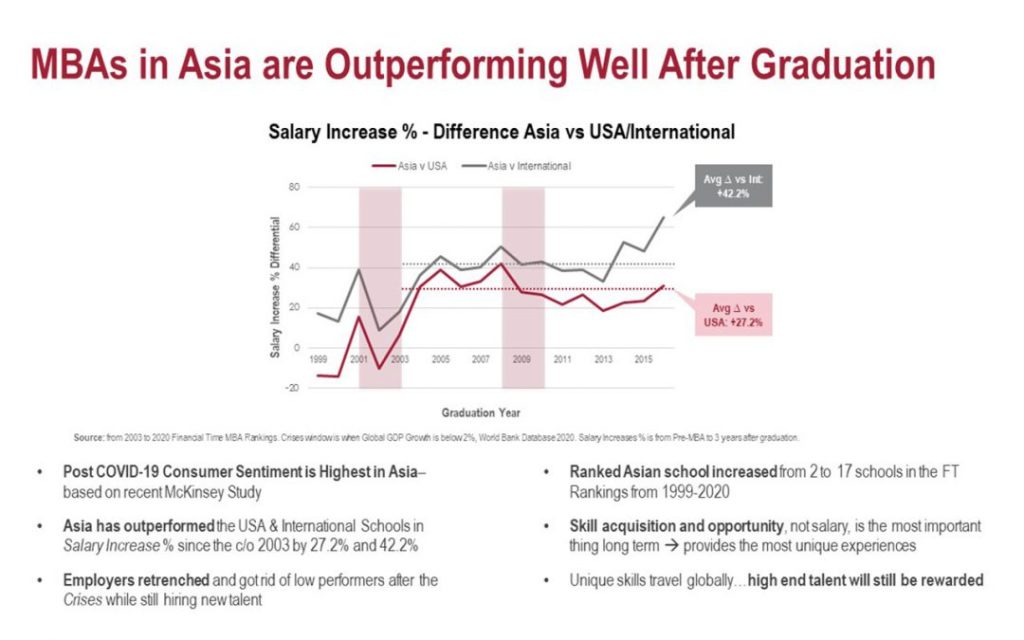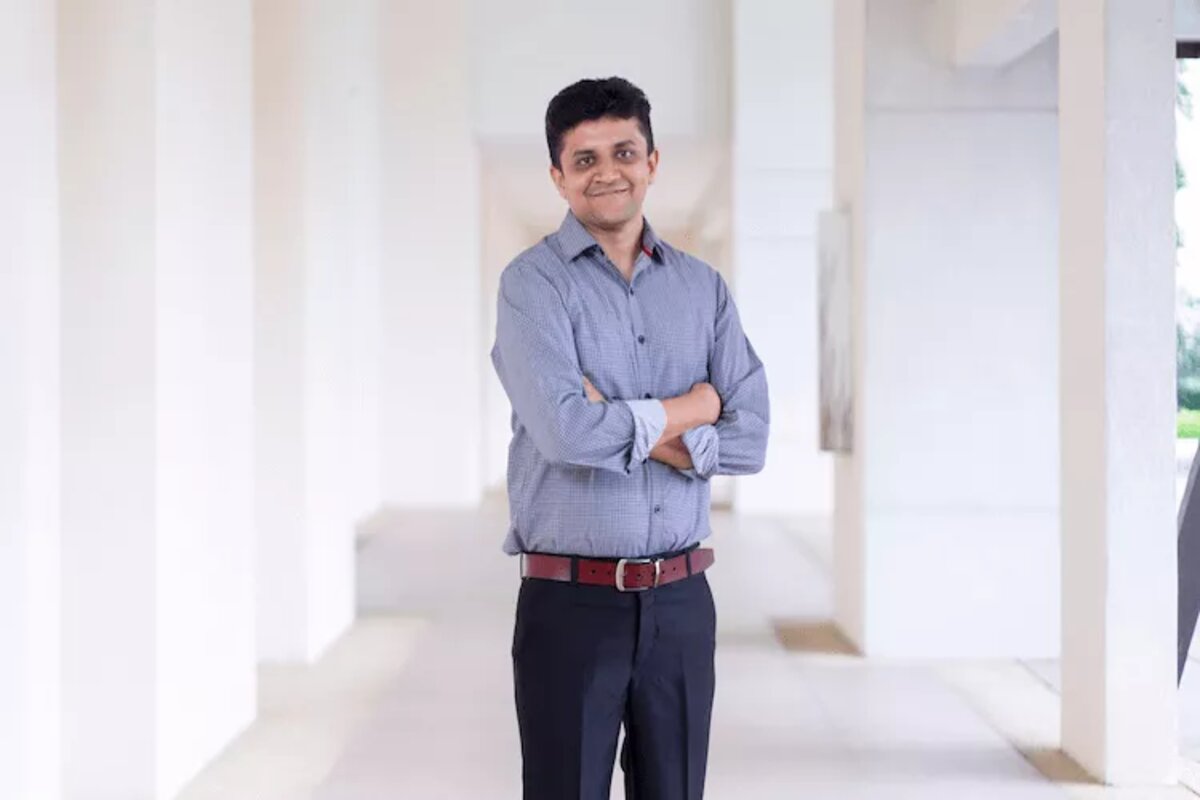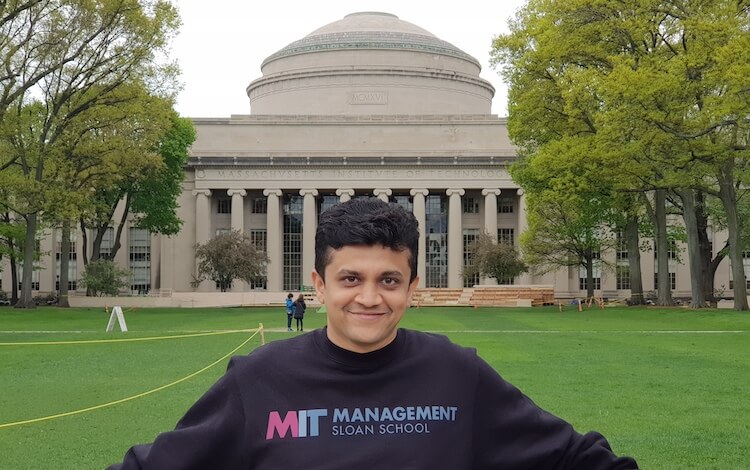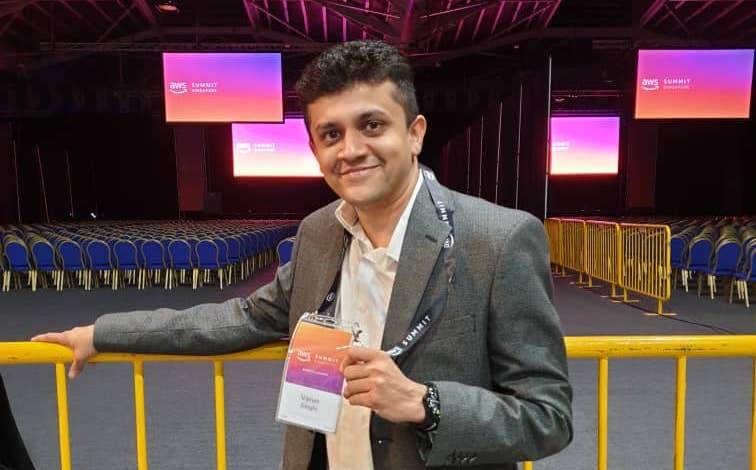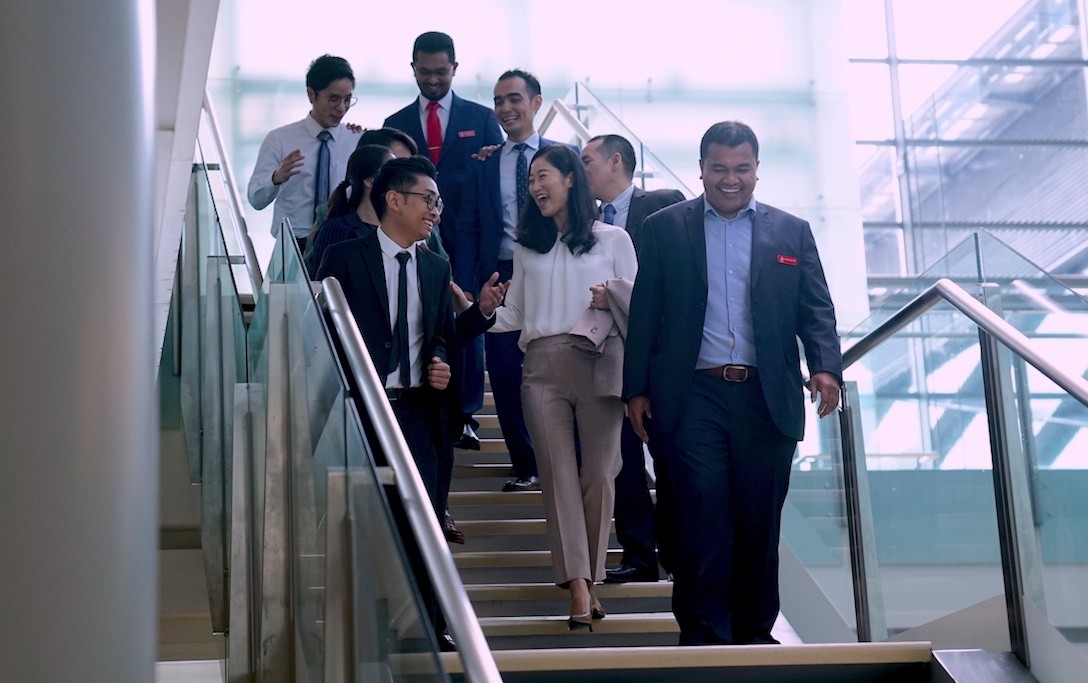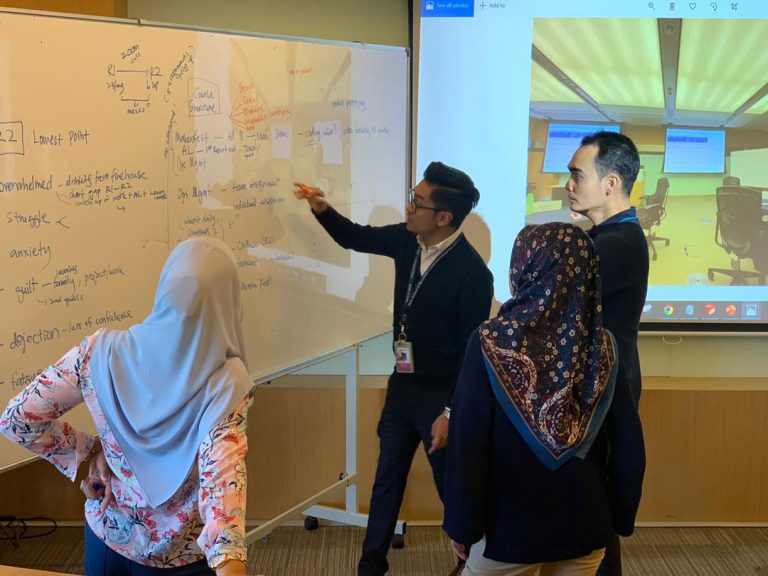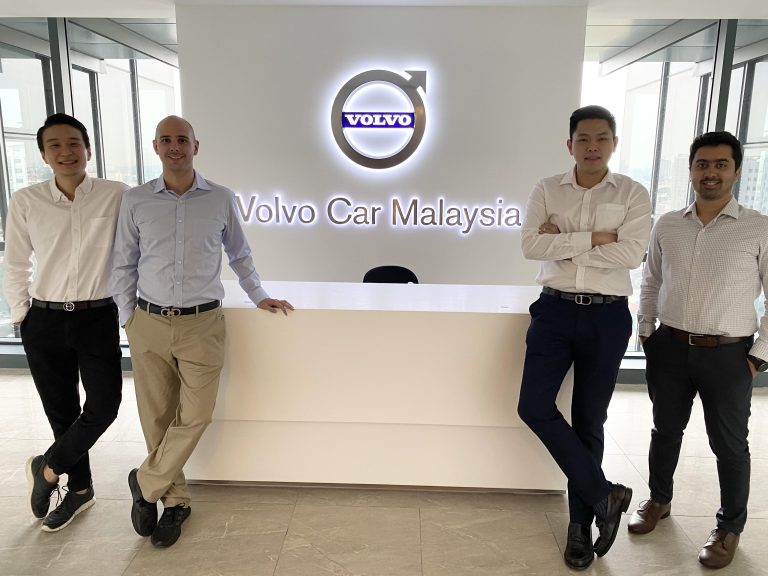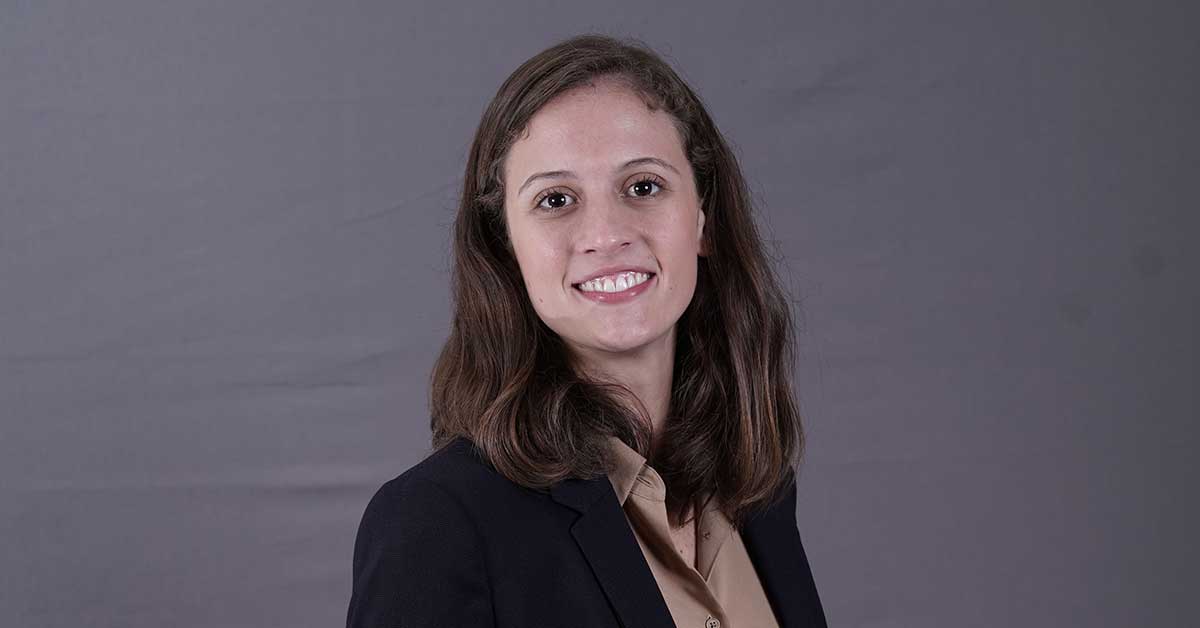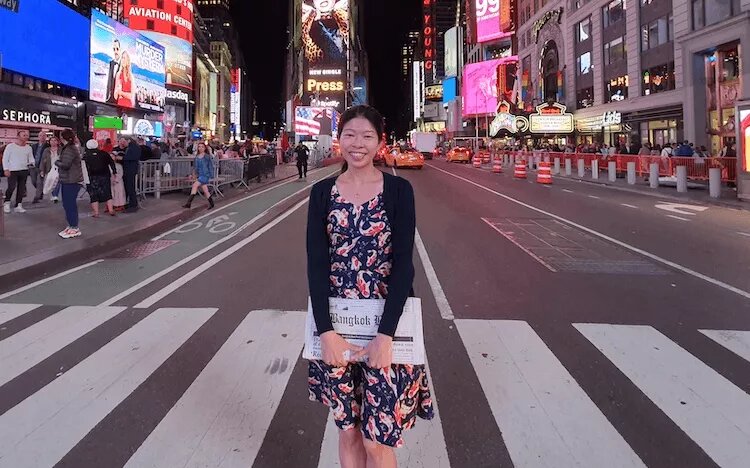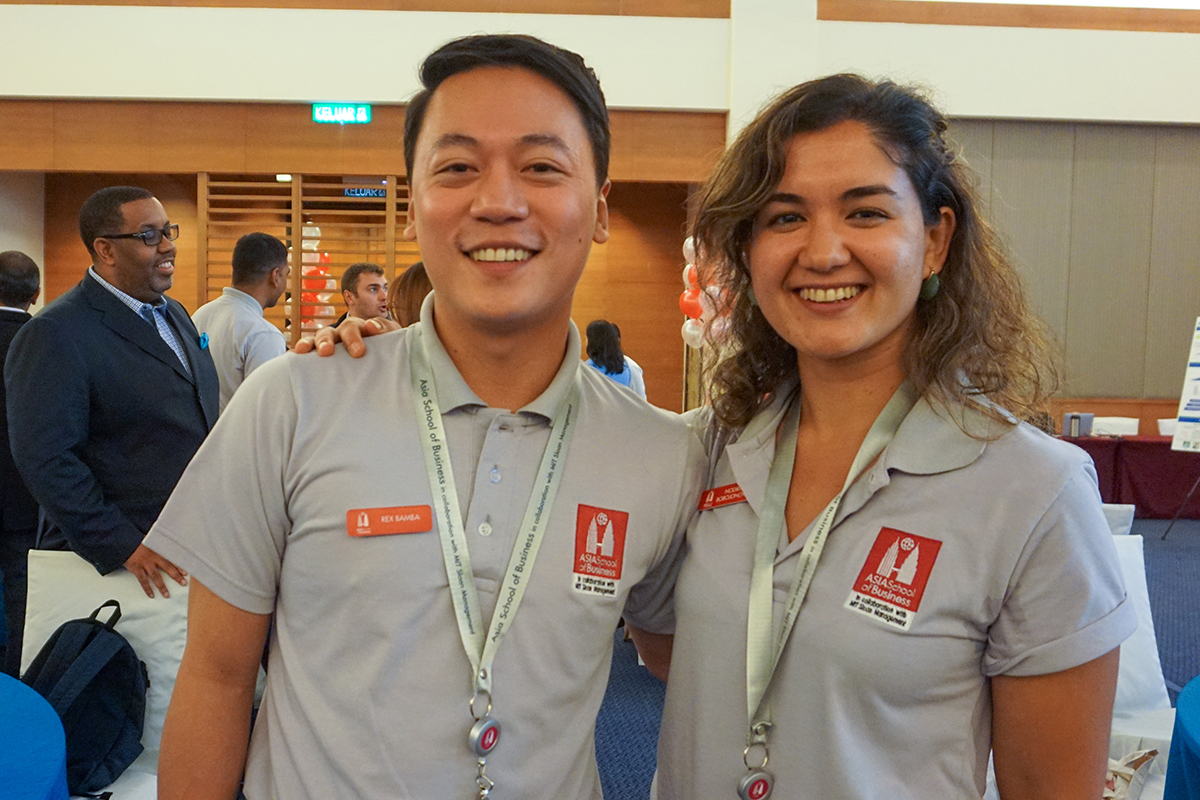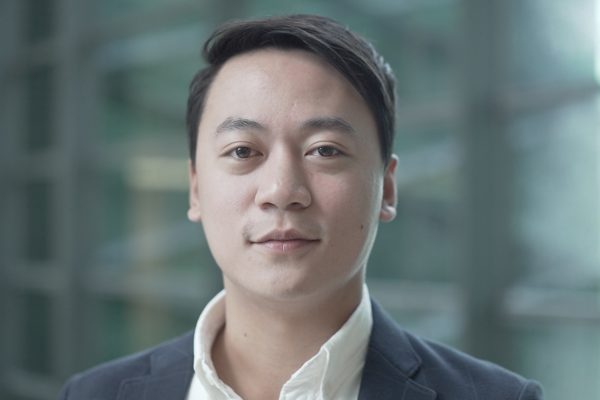Whether you’re an entrepreneur or aspiring to be one, the Asia School of Business’ (ASB) Action Learning 5 (AL5) is the best kind of pressure cooker. A three-month simulation of the start-up life, AL5 takes every MBA student from the conceptual stage to minimal viable product. You’ll be challenged to think outside the box (there is no box!) and to apply key concepts from celebrated gurus like Eric Ries.
So what did I gain from the experience? In this article, I’ll walk you through five key takeaways from my journey with Professor Loredana Padurean, the Action Learning team and the ASB Innovation & Entrepreneurship Center.
#1 – Hone your entrepreneurial instinct
Being an entrepreneur is scary. I remember how I felt when my company had to pivot from its original business, forcing the team to shrink to four people. We built one sales deck after another and because it was a new service, we didn’t have a track record. Yet we had to articulate the services we provided and the value it brought. It was scary every step of the way because the failure rate was high – but we had to succeed at all costs!
The only thing I could depend on were my instincts. There was no recipe for success, only pure hustle, listening to customers, and continuous learning. And that’s exactly what we got from this Action Learning experience. There was no right or wrong, only what made sense instinctively. Where tools are concerned, many tools were introduced to us in class.
But it’s not about knowing the tools – it was knowing which tool to use and how to use it effectively, within the limited time we had, to guide our decision-making. In this Action Learning journey, we were challenged to identify a problem that we felt strongly about. But just because we feel strongly about something doesn’t mean there’s a market for it.
We had to deploy whatever resources and intellect that were at our disposal to validate the problem. At every step of the way, my team had to trust our gut instincts to figure out what should come next, the problem we wanted to solve, and whether our approach would bring about positive results.
The thing about being an entrepreneur is that the more you try to crack a problem, the sharper your instincts and decision-making skills become. There’s no book to adequately prepare you for this journey, only trial by fire – and that’s what this Action Learning program is designed to do.
#2 – It’s a safe place to fail
If you’ve been an entrepreneur, you know it’s a lonely journey. The fear of failing and uncertainty are high, and the outcome of every decision is on your shoulders. Worse, your decisions don’t just affect you but those around you too. This is why entrepreneurs often look for a place where they can generate ideas, get constructive feedback, and most importantly, find people who are on the same mission. Incubators and accelerators tend to fill this important role.
Think of this Action Learning project as your in-house incubator at ASB. Together with your talented and intelligent classmates, you’ll be working on your ideas together. It’s like being in the same jungle but each team is taking a different path as they try to crack an idea they’re passionate about. The environment makes it safe for you to present your ideas as they are and get constructive feedback from your classmates.
You’ll get different perspectives and articulation of your problem and solution which will sharpen your instincts and critical thinking. They would also understand how challenging your journey is and offer support. It’s a safe place where many entrepreneurs have the opportunity to incubate their ideas and build their start-ups from scratch. The best thing is that it’s fine to fail as you go.
When leading your own start-up, failure might mean going without pay and unhappy employees. In this Action Learning program, you get to make as many failures as you want and pivot until you arrive at a clear problem statement, a viable solution, and a minimal viable product – all with minimal downside risks.
#3 –Market research is not market validation
Entrepreneurs are often confused by the difference between market research and market validation. They assume that just because they have done research on the market, then this somehow validates the problem and solution. To help us understand this better, we had the privilege of hearing from Natasha Shazana, Co-Founder of Soko, on her start-up journey.
“We have done a lot of market research, but do we have market validation?” Natasha said . “I would only think we have market validation when somebody spends their hard-earned money on my product.” That’s some perspective right there! She also emphasized the importance of focusing on your target persona.
“In all that I do, I know very clearly who I am targeting, what is her profile and what does she represent… I always bear in mind that it’s less about [my] brand, but more about the person, the consumer.”
#4 – It’s not just about what you do, but also what you say
If you want to be a successful entrepreneur, you’ll need to be able to sell. During a pitch practice session, we learned about the different types of pitches – from demo to elevator and customer pitch. After learning the tips and best practices on what makes a great pitch, we had the opportunity to think through our deck and refine our pitches. Even a great product can’t tell its own story!
#5 – Entrepreneurship is as much about personal as professional growth
As part of the course we had the privilege of meeting Manish Sabharwal, a seasoned entrepreneur from India who is chairman of his second venture. The one-hour conversation left me hungry for more!
My biggest takeaway is how entrepreneurship is not only about starting a business, but equally it is about a way of life, making decisions, and being a person. Seven gems I captured are:
- Curiosity matters more than intellect. There are many smart people but it’s the curious ones who break new ground because they’re always learning. So always be curious.
- Being an entrepreneur requires you to make careful choices, and frugality guides you to choose and invest carefully.
- Entrepreneurs are always proving hypotheses, and that takes a lot of risks and learning before you can make the big leap.
- We do not learn from experience, but from reflecting on our experience.
- It’s not failure but persisting with a failure that kills an entrepreneur. Don’t prevent failure, as we learn from failure and not success. That said, don’t dwell on your failures.
- Surround yourself with people who love you and will call you out when you make a mistake. They are the people who will get through to you and the people you will listen to. Build that circle for yourself.
- Don’t neglect the power of compounding. In life, four things compound– relationships, entrepreneurship, knowledge and money. Of the four, money is least important, and relationships are the most important.
The road less travelled, but packed with growth
What you’ve read can’t encapsulate all the learning I’ve gained so far – and we’re only halfway through! As far as experiential learning goes, this program is packed with opportunities to apply what we’ve learned, inspiration from experienced entrepreneurs, and best practices from across the globe. Not many would dare to take the risk of being an entrepreneur, but this program allows you to do just that, minus the risk.
You get the chance to identify a problem you really want to solve, understand the problem deeply and understand why the world functions as it does. Then, you identify a solution for that problem, and get feedback on your ideas. Who knows, you might even find someone to pay you to solve the problem! If that happens then voila, you’re a founder of a new venture!
As for me, it’s validation that the entrepreneur’s journey is packed with the excitement I love. The pace, the hustling, and the continuous strive to be better (in all aspects) fill me with an unquenchable excitement I don’t have the words for. What I do know is, if you’re an entrepreneur or intend to become one, then this might be the experience you need to help you decide if the start-up life is for you.
